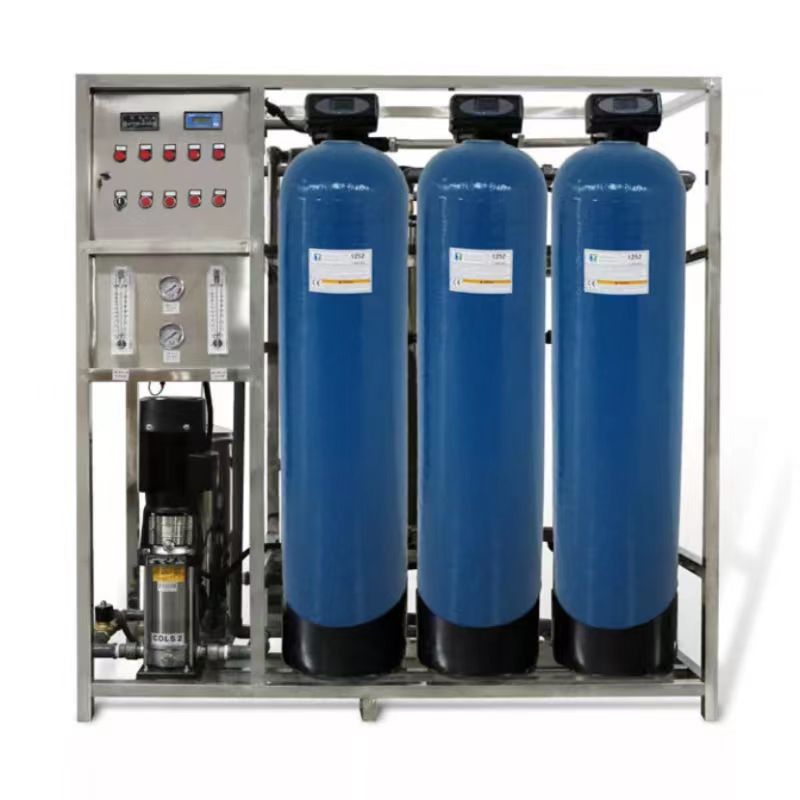Unveiling the Wonders of RO Systems: A Dive into Water Filtration Technology
2023-11-18
Introduction:
In our quest for cleaner, purer water, Reverse Osmosis (RO) systems stand out as technological marvels. These systems play a crucial role in transforming ordinary tap water into a refreshing elixir free from impurities. In this blog, we'll explore the fundamentals of RO systems and delve into the intricate process that makes them an indispensable part of modern water filtration.
Understanding RO Systems:
Reverse Osmosis is a water purification technology that employs a semi-permeable membrane to remove a wide range of contaminants, producing water that is substantially free from impurities. RO systems have gained immense popularity for their ability to provide high-quality drinking water by effectively filtering out particles, dissolved solids, and undesirable substances.
The Core Components:
An RO system comprises several key components that work in tandem to purify water effectively:
1. Pre-filtration Stage: The process begins with pre-filtration, where sediment and larger particles are removed to prevent damage to the delicate RO membrane.
2. RO Membrane: The heart of the system, the RO membrane, is a semi-permeable barrier that allows water molecules to pass through while blocking contaminants, such as bacteria, viruses, and dissolved solids.
3. Post-filtration Stage: After passing through the RO membrane, the water undergoes a post-filtration stage to further polish and refine its quality.
How RO Works:
1. Pressurization: The water enters the RO system under pressure, typically provided by a pump. This pressure is crucial for the next step in the process.
2. Semi-permeable Membrane: The pressurized water is directed through the RO membrane, a thin layer that allows water molecules to pass through while trapping contaminants.
3. Separation of Contaminants: The contaminants, including minerals, chemicals, and microorganisms, are effectively separated from the water and diverted away, leaving purified water to pass through.
4. Collection of Purified Water: The purified water collects on one side of the membrane, ready for consumption. The rejected contaminants are flushed away, ensuring the membrane stays clean and efficient.
Benefits of RO Systems:
- Comprehensive Filtration: RO systems remove a broad spectrum of contaminants, including heavy metals, chlorine, bacteria, and more.
- Improved Taste and Odor: The elimination of impurities enhances the taste and odor of the water.
- Space-Efficient: RO systems are compact and can be installed under the sink or in other convenient locations.
Conclusion:
Reverse Osmosis systems represent a pinnacle in water filtration technology, providing households and businesses with a reliable means of obtaining clean, safe drinking water. As we continue to prioritize health and well-being, the RO system stands as a beacon, ensuring that the water we consume is free from the contaminants that can compromise our health and enjoyment of this essential resource.



